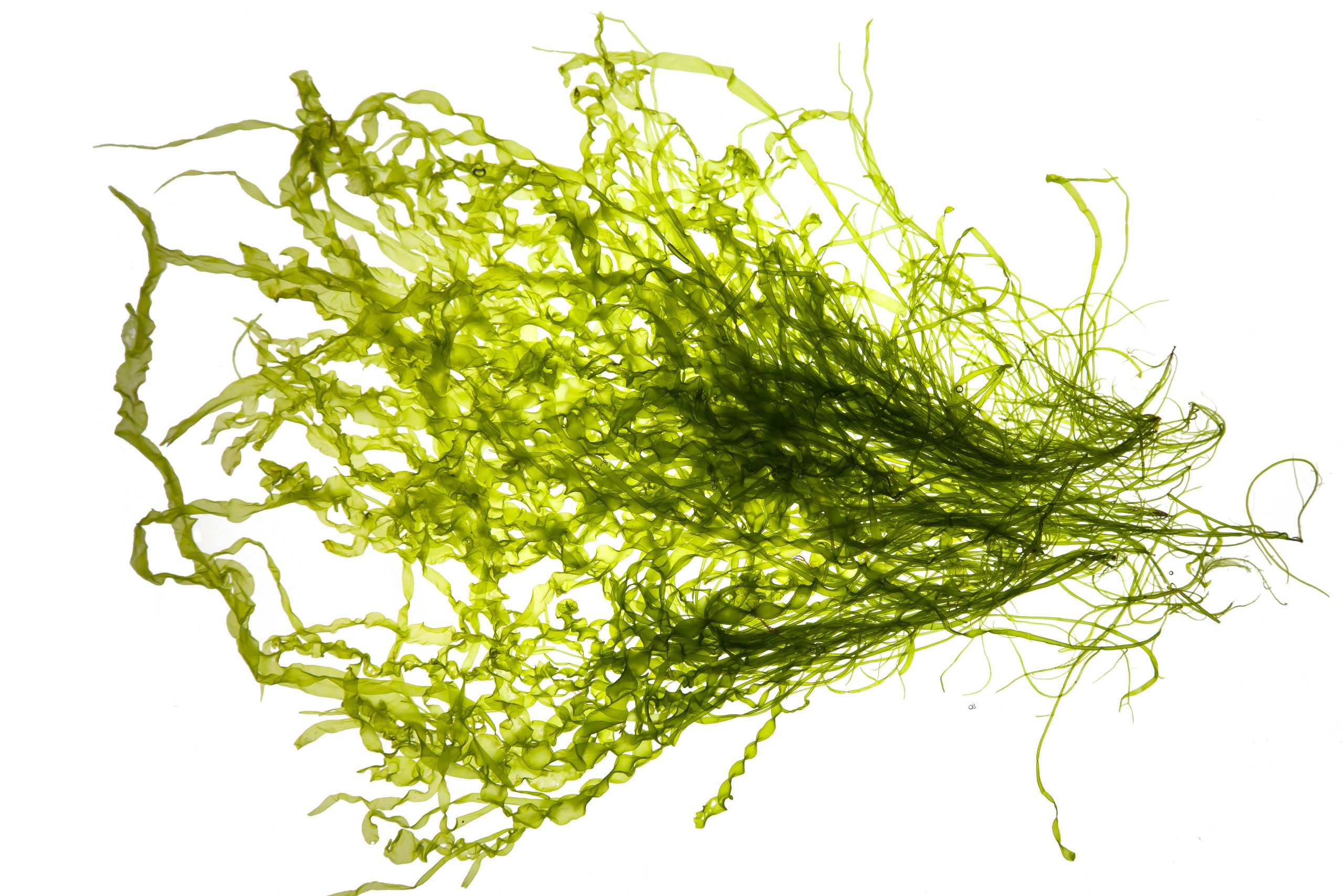Improving digestibility for a sustainable feed

Several tools are available to improve sustainability in livestock farming, particularly at a nutrition level. Innovative formulation techniques and specific additives using natural ingredients and technologies can support the better use of raw materials and minimise their environmental impact.
The idea of sustainability was introduced in the early 1990s and has gained increasing interest in many domains since then. In the field of food and agriculture, the FAO has defined five principles of sustainability as:
- Improving efficiency in the use of resources,
- Implementing direct actions to conserve, protect and enhance natural resources,
- Protecting and improving rural livelihood, equity and social well-being,
- Enhancing resilience of people, communities and ecosystems, and
- Reliability on responsible and effective governance mechanisms. In this respect, each stakeholder of the agriculture and food chain shall shoulder its responsibilities and work towards an improved sustainability at its own level.
Geographical considerations are important when it comes to sustainability. Environmental, economic and social concerns differ from one area to another and both the situation and solutions differ among countries. While some regions seek to be self-sufficient in their raw material supply as a way to improve sustainability, others focus on increasing volumes of production in order to support the well-being of the population. Yet, despite geographical specificities, animal nutrition is a common denominator when it comes to improving sustainability in livestock farming.
In monogastric animals, feed represents 55 to 75% of the environmental impacts associated with animal husbandry, thus any improvement made to minimise the environmental impact of animal feed will have significant consequences on global farming sustainability. Such an approach led to the development of multi-objective feed formulation, which combines least-cost formulation techniques and environmental impact considerations, to formulate more sustainable feeds with a minimum economic impact for the producers. Tested in various French scenarios (taking into account raw material price variability and availability), the model systematically increased the use of by-products in the diet of fattening pigs and broilers, to the detriment of corn and soybean meal. In some scenarios, Dusart et al. (2017) demonstrated that the multi-objective formulation could decrease the environmental impact of the feed by 9 to 23% (depending on the considered criteria) while limiting the formulation cost increase to 2% (<€ 7 tonne of feed). on the other hand, a lot of work is being done to minimise the environmental impact of feed at the animal level, by reducing feed waste. such initiatives include improving digestibility and feed efficiency of the animals, as well as developing precision nutrition. on the research side, precision feeding proves to be interesting, however its implementation in the field still requires the proper characterisation of an animal’s variability to individualise the feeding strategy. so far, the main application of precision feeding is to increase the number of feeding phases (multiphase feeding), to more accurately feed animals according to their growth rate.>
Efficient feeding strategies
In terms of feed efficiency, the objective is clear: limit the amount of undigested feed to reduce wastage and ammonia emissions (resulting from poor protein digestibility). Firstly, due to cost and second to be responsible for eutrophication and soil acidification. The growing and finishing stages (broilers > 21 day-old and pigs > 30 kg liveweight) are the most important in terms of economic and environmental impact (>75% of the feed intake of broilers is made after 21 days), and thus are the focus periods for digestibility improvement. Feeding low protein diets, yet balanced in essential amino acids, has gained interest. Another leverage to reduce undigested feed and ammonia emissions is to support digestibility. Several types of feed additives are available on the market. Among them, an innovative product combining clay and algae is very promising for its capacity to improve the efficiency of different types of diets, independently of the formulation. The product relies on the natural capacity of clays (especially Montmorillonite) to improve feed digestibility, and enhances it thanks to a patented combination with seaweed extracts. The technology increases the accessible surface of Montmorillonite to digestive enzymes and nutrients, thus favouring the contact between these two. Indeed, clay layers naturally attract enzymes and nutrients to their external surface, and increasing their accessibility favour’s both the stabilisation of enzymes and the formation of more enzyme-substrate complexes leading to increased enzymatic activity and higher digestibility rates. In a digestibility study conducted at the INRA Saint-Gilles (French National Institute for Agronomic Research), this technology, in its commercial form (MFeed+), was successful in improving ileal digestibility of growing pigs fed a standard French diet (using corn, wheat, barley and SBM as main raw materials). When compared to the control diet (0% MFeed+), the test diet (0.1% MFeed+) presented significantly increased digestibility of gross energy (+105 kcal/kg), lysine (+3.6%) and threonine (+5.3%) (Figure 1).
Figure 1 – Effect of MFeed+ on the digestibility of a standard growing pig diet. (INRA Saint Gilles)
Also, tested together with the use of by-products, in France and the USA, MFeed+ proved to be a great tool to support the use of local by-products in the diet. Results showed either an improved efficiency of diets already using by-products, or the compensation of the loss in performance triggered by the use of by-products compared to a standard cereal-based diet. MFeed+, based on natural resources (clay and algae) thus proves to fit perfectly in a sustainable farming approach, by improving feed efficiency, which contributes to optimising the use of raw materials and so their environmental impact, and by supporting the use of by-products in the diet, which have been shown to be a sustainable alternative to cereal-based diets.
A collaborative effort
Despite its 30 year age, sustainability is more than ever a hot topic in the industry. Improving sustainability of livestock requires strong coordination in the industry and efforts from all stakeholders. A strong competition for low impact raw materials may emerge between different species and territories and acting on one segment of the industry should not narrow the possibilities of improvement for another. Meanwhile, think global… act local!
References available on request
| Author: Marie Gallissot, For Feed Product Specialist, Olmix |












